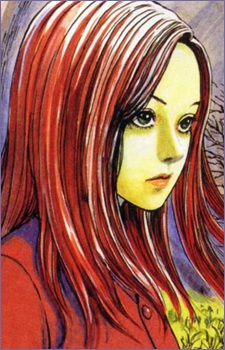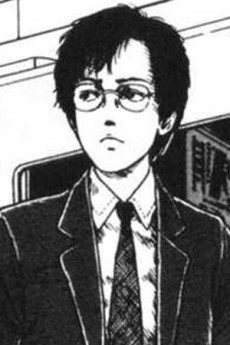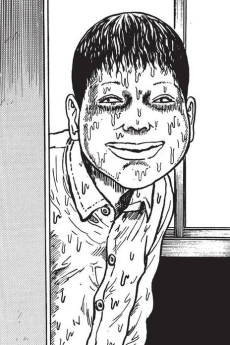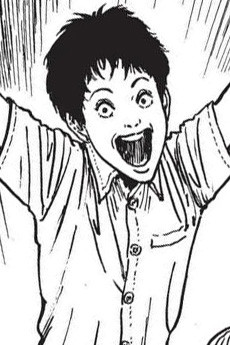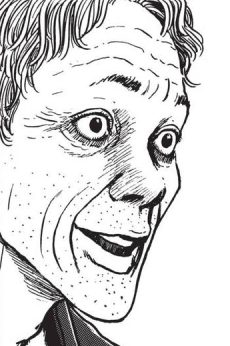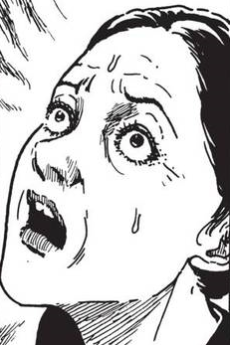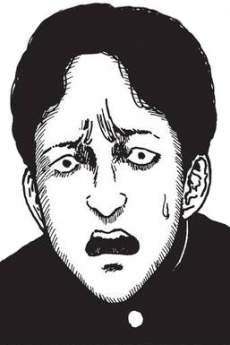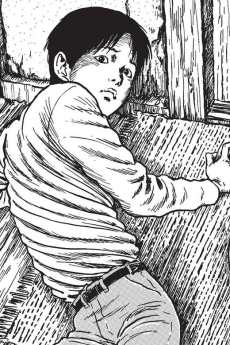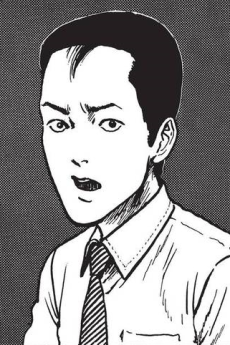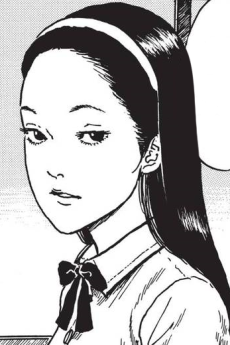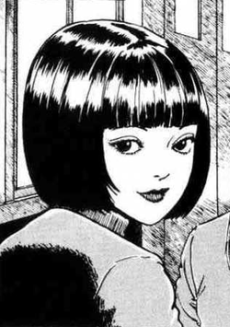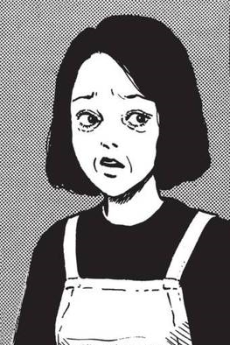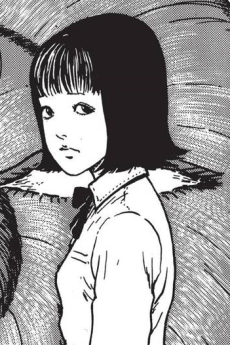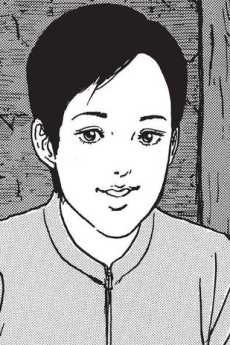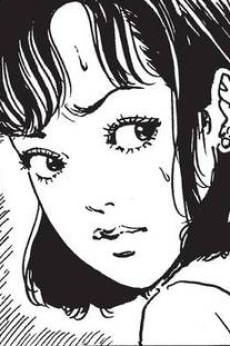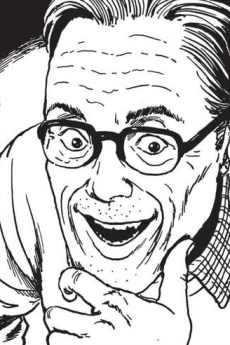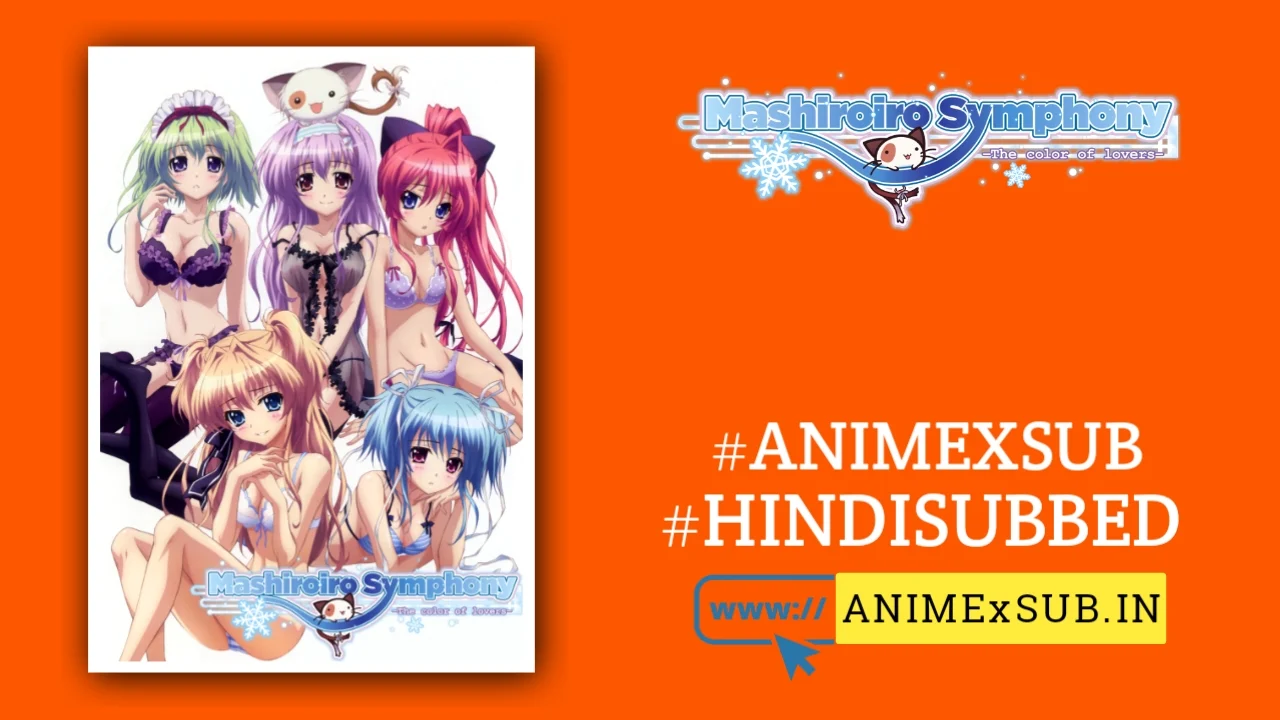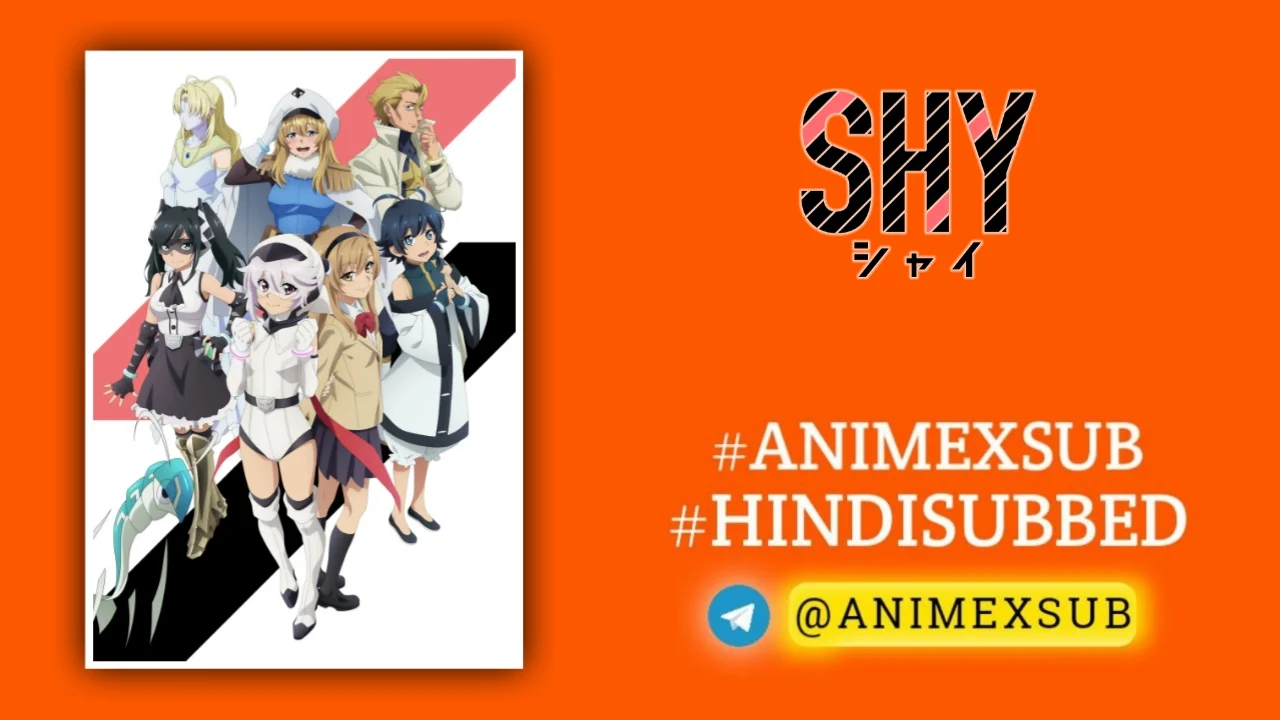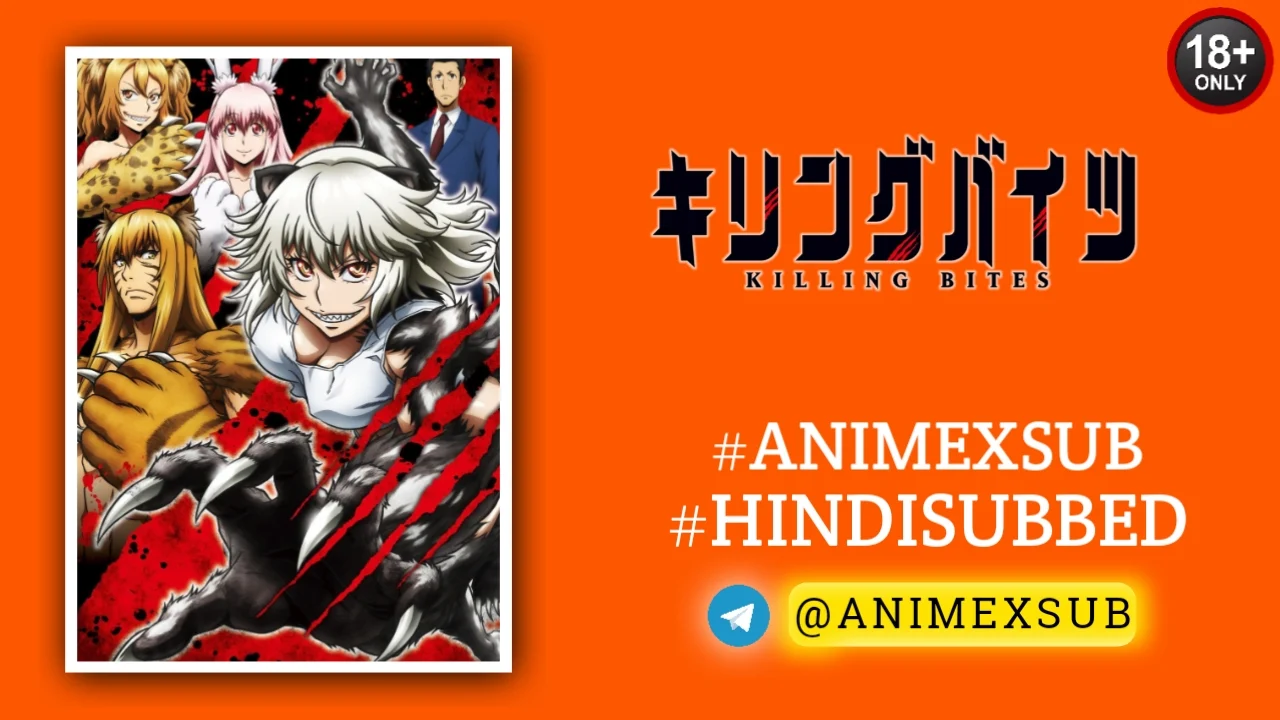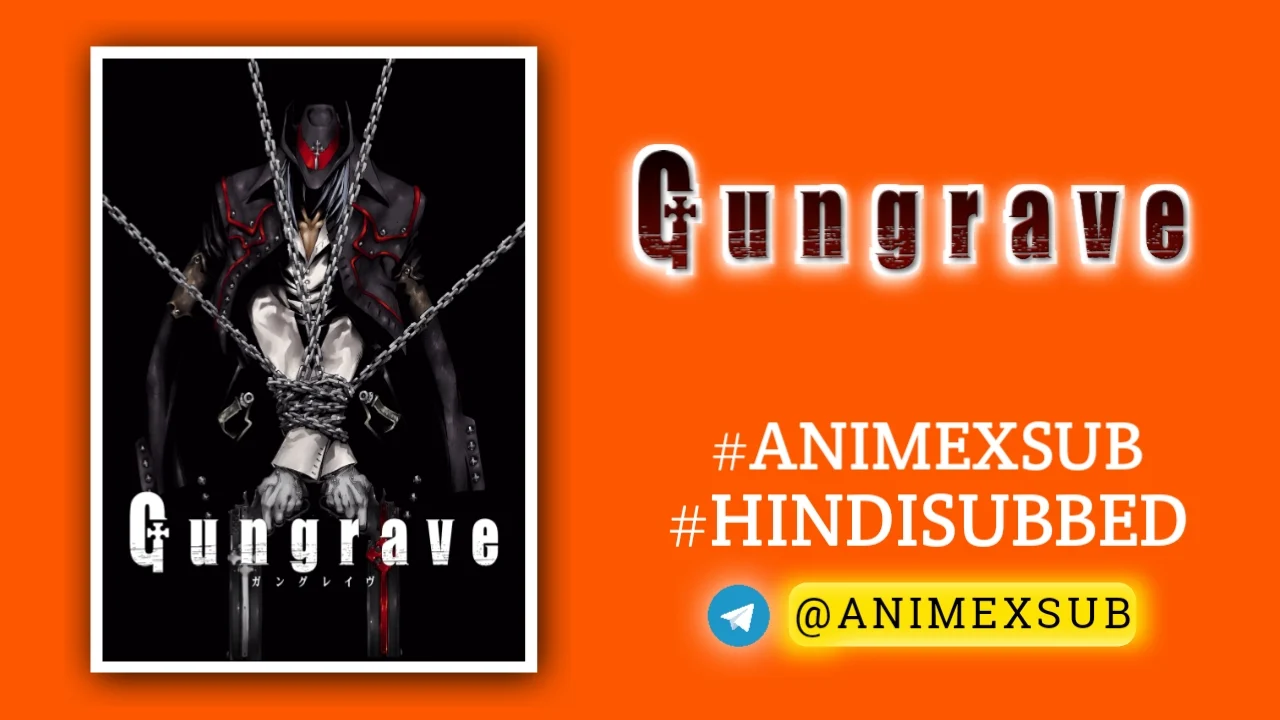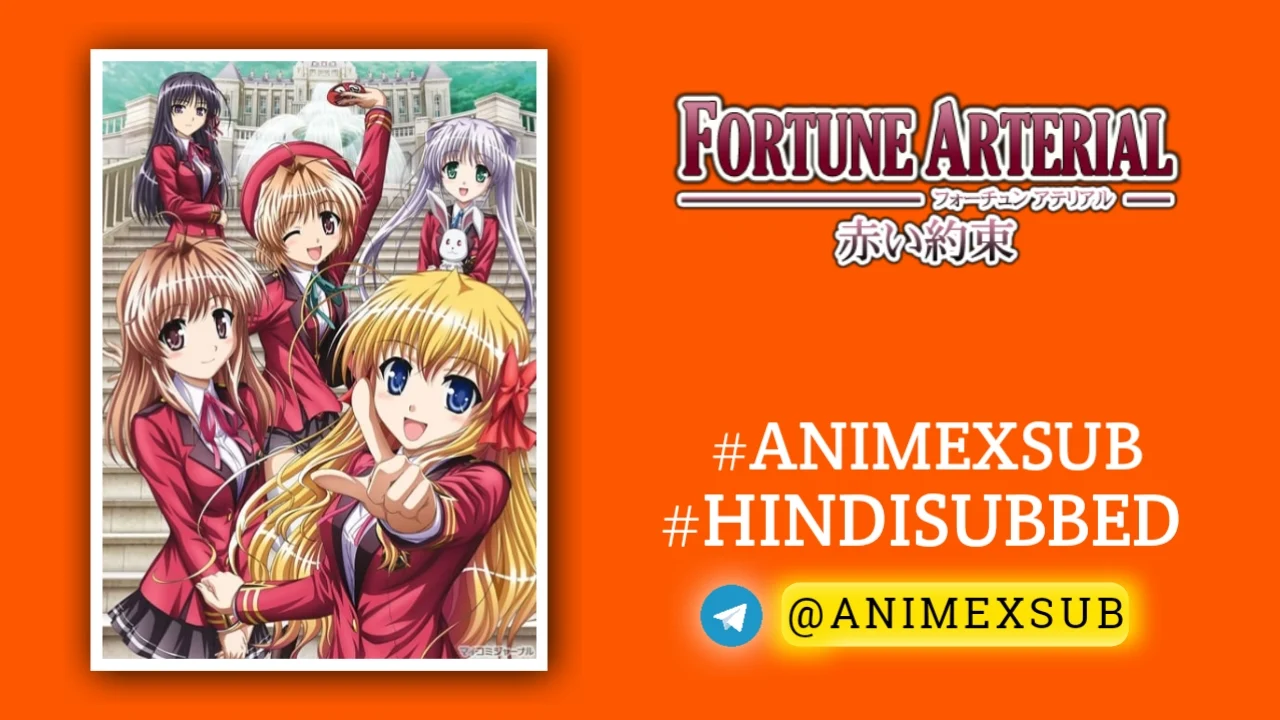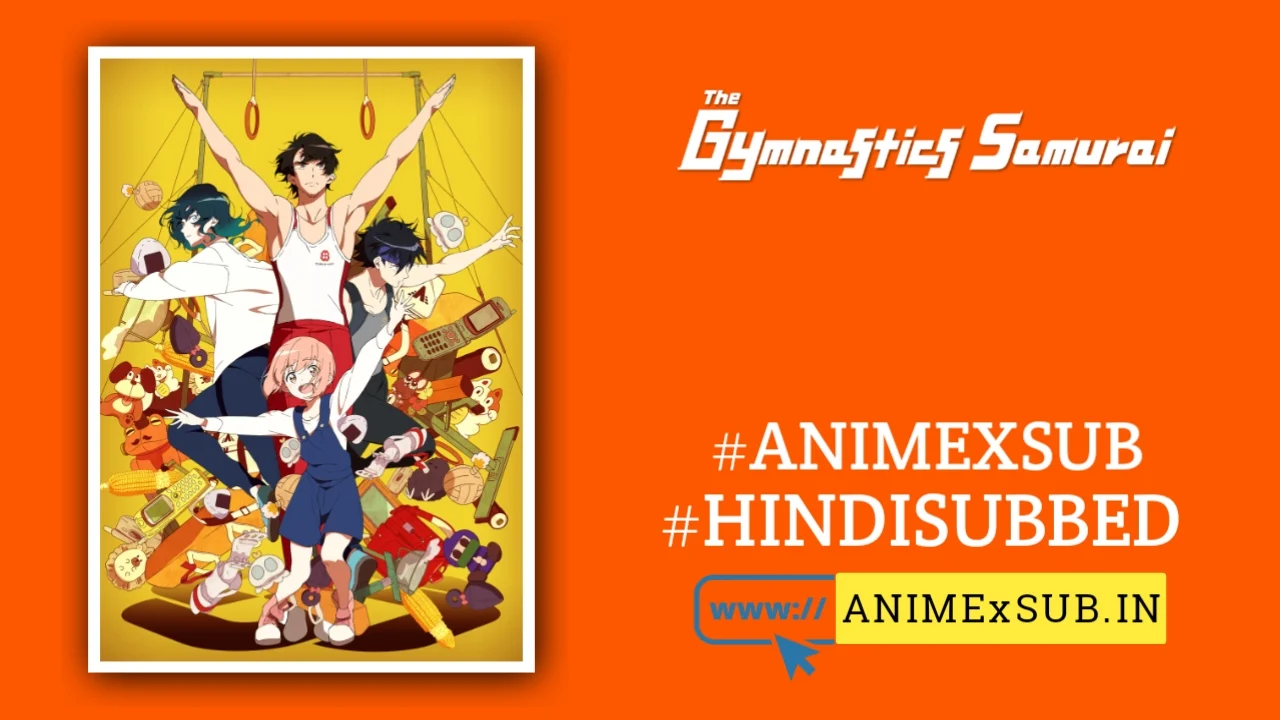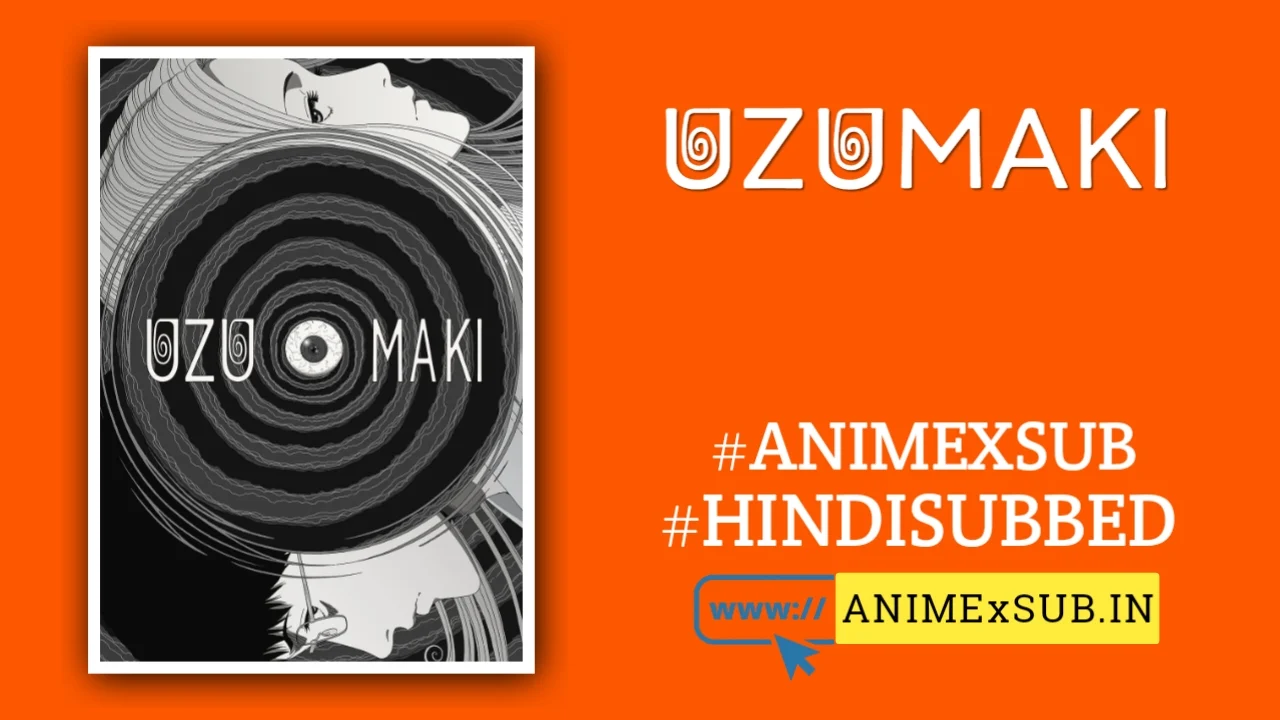
Uzumaki: Spiral into Horror Hindi Subbed [04/04] | Uzumaki Hindi Sub

Uzumaki
UzumakiSynopsis
Four episode anime adaptation of the Junji Ito manga. Kurozu-cho, a small fogbound town on the coast of Japan, is cursed. According to Shuichi Saito, the withdrawn boyfriend of teenager Kirie Goshima, their town is haunted not by a person or being but by a pattern: uzumaki, the spiral, the hypnotic secret shape of the world. It manifests itself in small ways: seashells, ferns, whirlpools in water, whirlwinds in air. And in large ways: the spiral marks on people's bodies, the insane obsessions of Shuichi's father, the voice from the cochlea in your inner ear. As the madness spreads, the inhabitants of Kurouzu-cho are pulled ever deeper, as if into a whirlpool from which there is no return... (Source: Viz Media)
Watch Trailer
Characters
Uzumaki Season 1: A Haunting Spiral of Horror That Defies Convention
Uzumaki Season 1, the 2024 anime adaptation of Junji Ito’s seminal horror manga, is a four-episode descent into a world where the ordinary becomes nightmarish through the unrelenting motif of the spiral. This series, co-produced by Adult Swim and Production I.G., attempts to translate Ito’s grotesque and psychological masterpiece into animation, and while it achieves moments of brilliance, it grapples with significant challenges that make it both a triumph and a tragedy. This review explores the series’ unique strengths, its unsettling atmosphere, and its shortcomings, offering a fresh perspective on a work that pushes the boundaries of horror anime.
A Faithful Yet Fractured Adaptation
At its core, Uzumaki follows Kirie Goshima and Shuichi Saito, two high school students in the cursed coastal town of Kurouzu-cho, where spirals manifest in increasingly horrifying ways—twisting bodies, minds, and even time itself. The anime’s fidelity to Ito’s manga is its greatest asset. The black-and-white aesthetic mirrors the manga’s stark, high-contrast art, creating a visual experience that feels ripped from the pages. Episode 1, in particular, is a masterclass in adaptation, capturing the slow-burn dread of Shuichi’s father’s obsession with spirals, culminating in his grotesque transformation into a spiral within a tub. Scenes like these, paired with Colin Stetson’s hypnotic and unsettling score, evoke the manga’s signature blend of cosmic horror and visceral body horror.
However, the series’ commitment to the manga’s episodic structure—each episode adapting multiple chapters—leads to a disjointed narrative. The rapid pacing, especially in Episodes 2 and 3, sacrifices the manga’s deliberate build-up of existential dread. Key moments, like the town’s gradual descent into chaos, feel rushed, leaving little room for viewers to absorb the psychological weight of the spiral curse. For example, the anime compresses the stories of Kirie’s father, Shuichi’s mother, and other townsfolk into a single episode, creating a chaotic whirlwind that undermines the slow, suffocating terror of Ito’s work.
Visuals and Atmosphere: A Tale of Two Halves
The animation quality is where Uzumaki both shines and falters. Episode 1 is a visual triumph, blending 2D and 3D techniques to replicate Ito’s intricate linework. The spiral motifs—swirling clouds, twisted weeds, and contorted bodies—are rendered with meticulous detail, making the town itself a character in the story. Subtle moments, like the spiral smoke from a cremation forming a ghostly face, linger long after the episode ends.
Yet, starting with Episode 2, the animation quality plummets. Clunky movements, poor compositing, and out-of-sync voice acting disrupt the immersion. A scene of two lovers running across a beach, meant to be tense, becomes unintentionally comedic due to awkward animation. Speculation points to production issues, possibly tied to the WarnerMedia-Discovery merger or studio overextension, as hinted by animation director Henry Thurlow and Adult Swim’s Jason DeMarco. This drop in quality feels like a betrayal of the premiere’s promise, turning a potential masterpiece into a cautionary tale of ambition outstripping execution.
Despite these flaws, the series retains an eerie atmosphere. The spiral’s omnipresence—manifesting in fingerprints, snail-like transformations, and even time loops—creates a claustrophobic sense of inevitability. Unlike traditional horror reliant on jump scares, Uzumaki taps into a primal disgust, amplified by the anime’s unflinching depiction of body horror. A pregnant woman burrowing into corpses or a girl’s eyeball consumed by a spiral on her forehead are images that sear into the viewer’s mind, proving that Ito’s vision, even when imperfectly adapted, retains its power.
Sound and Voice: Elevating the Unease
Colin Stetson’s score is a standout, weaving disjointed flutes and rhythmic patterns that mirror the spiral’s hypnotic pull. From the opening scene’s low, hushed tones to the escalating dread during key horror moments, the music amplifies the series’ unsettling tone. The voice acting, particularly in the Japanese version, is equally compelling. Uki Satake’s Kirie conveys a mix of fear and resilience, while Shin’ichirô Miki’s Shuichi captures the desperation of a boy watching his world unravel. Moments like Shuichi’s mother’s anguished screams at seeing her husband’s face in spiral smoke are hauntingly effective, grounding the cosmic horror in human emotion.
A Finale That Redeems and Divides
Episode 4, the finale, is a polarizing return to form. After the animation missteps of Episodes 2 and 3, the final episode delivers a visually stunning and narratively gripping conclusion. The pacing slows, allowing the cosmic scale of the spiral curse to unfold. The revelation of the curse’s timeless, cyclical nature—trapping Kurouzu-cho in an eternal spiral—lands with devastating impact. However, the rushed journey to this point leaves some viewers feeling cheated, as the anime skips or glosses over key manga chapters. For manga fans, the fidelity to the ending is satisfying, but newcomers may find the narrative’s abrupt shifts disorienting.
Critical Reception and Cultural Impact
Critics and audiences are divided. The series holds an 80% Tomatometer score on Rotten Tomatoes but a 65% audience score, reflecting its polarizing execution. Reviewers praise the premiere’s fidelity and atmosphere, with IGN calling it “a great companion piece to the manga” and Bloody Disgusting hailing it as “a visual masterpiece.” Yet, others, like Pajiba, call its failure to maintain quality “baffling,” and X posts from users like @AnimeGuru100 lament the rushed narrative and missing context.
Uzumaki’s cultural significance lies in its attempt to break the curse of failed Junji Ito adaptations. Unlike Junji Ito Maniac or Junji Ito Collection, it comes closest to capturing Ito’s untranslatable horror, particularly in its premiere. Its flaws, however, highlight the challenges of adapting Ito’s work, where the manga’s static, detailed panels are integral to its terror.
A Unique Yet Imperfect Horror Experience
Uzumaki Season 1 is a paradox—a bold, faithful adaptation that soars in its ambition but stumbles in execution. Its black-and-white visuals, haunting score, and commitment to Ito’s grotesque imagery make it a standout in horror anime, yet its inconsistent animation and rushed pacing prevent it from reaching the manga’s heights. For fans, it’s a love letter to Ito’s work, flawed but unforgettable. For newcomers, it’s a bizarre, unsettling introduction to a master of horror, best appreciated with tempered expectations.
Verdict: Uzumaki Season 1 is a next-level attempt at capturing Junji Ito’s unparalleled horror, delivering moments of brilliance that spiral into chaos. It’s a must-watch for horror enthusiasts, but its imperfections remind us that some curses are too vast to fully contain.
Support Our Anime Community!
Love watching the latest anime? Help us keep uploading new episodes by join telegram channel ❤️
Join Now!